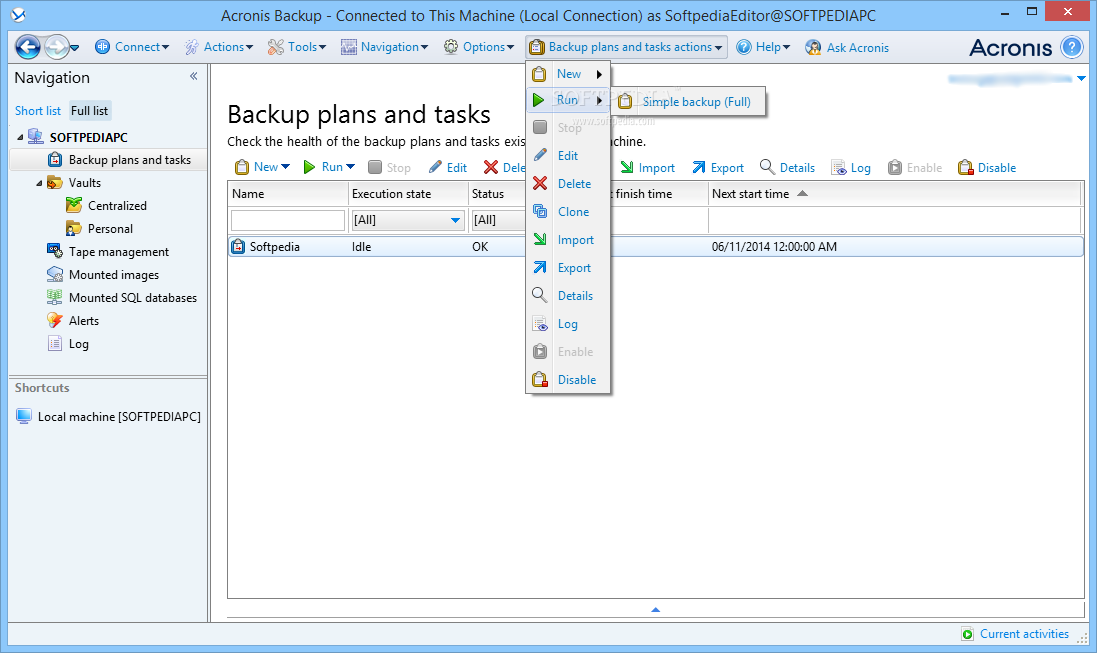

Usually, such objects are better copied to backup via disk mirroring or disk cloning. However, full backups primarily don't include applications, operating systems, or additional software. Backup files typically include files used by applications, metadata to make files more accessible to apps, tracking files to document app processes, logs, and some other control and management files. The duplicated files are designated by the user (backup administrator). Generally, full backups create at least one additional copy of all data files on a drive, machine, or server during a single backup process. You can also set up your backup solution to continuously back up app data (when changes are made) to ensure that every bit of changed information is securely transferred to external storage and is readily available for recovery. Having all internal components cataloged means you can recover a specific file contained in the application without restoring the entire app backup, thus preventing data loss. In an application-level backup, the backup software can catalog all elements within the structured object. To counter such an issue, robust backup software allows an application-level backup, also called "application-aware backup". You can't access individual elements as the software won't record the structured object's content. Image copies copy disk data precisely but don't catalog the elements contained in the disk. If a data-loss event occurs, you'd have to recover the database to at least a day-old state, sometimes older, losing all data changes since the last backup. For example, you can back up a database to backup storage as a file or a volume and can only restore it as such an object. The elements of databases, email systems, and similar dynamic apps include objects unknown to general backup solutions. While static data can be easily backed up and restored via general backup, application backup is a bit more complex. This process is also called "creating an image copy". In a data-loss event, the entire backup object can be restored from backup storage to its exact state as of the last available backup. In both cases, general backup creates a binary copy of your data. General backup software creates data copies in two primary ways – either by opening a file and copying it byte-by-byte or by transferring raw data blocks from a drive/disk to external media.


 0 kommentar(er)
0 kommentar(er)
